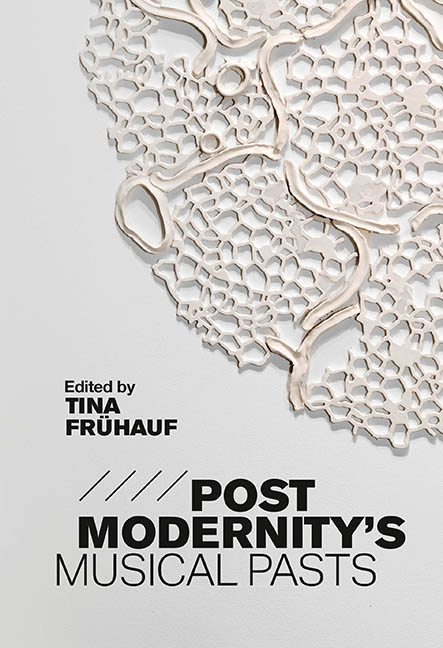Book contents
- Frontmatter
- Dedication
- Contents
- List of Illustrations
- List of Music Examples
- List of Contributors
- Acknowledgments
- About the Cover
- Introduction Introduction
- Part I Time and the (Post)Modern
- Part II Manifestations of History
- Part III Receptions of the Past
- Part IV Nostalgias and the Temporalities of Belonging
- Bibliography
- Index
Introduction - Introduction
Published online by Cambridge University Press: 28 April 2020
- Frontmatter
- Dedication
- Contents
- List of Illustrations
- List of Music Examples
- List of Contributors
- Acknowledgments
- About the Cover
- Introduction Introduction
- Part I Time and the (Post)Modern
- Part II Manifestations of History
- Part III Receptions of the Past
- Part IV Nostalgias and the Temporalities of Belonging
- Bibliography
- Index
Summary
The past is never dead. It's not even past.
William Faulkner, Requiem for a Nun, 1951Ancient Egypt had two words for time: neheh and djet. Wholly different from the Western worldview of modernity, it is difficult to fully grasp these concepts as we have become accustomed to think about time almost solely in linear fashion, with one event leading to the next—an accumulation of events that creates a history. Ancient Egyptians never conceived history this way. For them, events (kherupet) were suspect because they interrupted natural order. They lived in neheh, the time of cycles, associated with the sun, the seasons, and the annual fl ooding of the Nile which repeats, recurs, and renews. Djet, for its part, is time without motion, the time of the gods, the temples, and the pyramids, and of art. In this way, djet constitutes something finished, but not past; it exists forever in the present, an eternal present. As Jan Assmann captured it: ‘Djet is a time at a standstill; only in neheh does time move.’ In contrast, the understanding of temporality throughout the longue durée of modernity has largely, though not exclusively, remained monolithic, as linear progression of past, present, and future that gives way to history.
Surely there were and are other ways of thinking about temporality. In music we can observe the rise of the study of musical temporality, which explores both durational and spatial models of time in composition, and has been of central importance to music scholarship since the pioneering work of Jonathan D. Kramer, Edward T. Cone, David Epstein, and others. Indeed, the concept has acted as a useful platform for scholars concerned with diff erent historical periods, traditions, and genres to fruitfully exchange ideas and approaches regarding time. This volume, however, concerns itself not with musical temporality, but with the temporality of music history and culture. As such and by way of narrowing the focus, it takes the twentieth century as its fulcrum. Specifically, it seeks to understand the meaning of time and history in music cultures of postmodernity, a subject rarely broached except in such singular articles as those by Rubert Lug, Stefan Drees, Wolfgang Sanberg, and Colleen Renihan.
- Type
- Chapter
- Information
- Postmodernity's Musical Pasts , pp. 1 - 14Publisher: Boydell & BrewerPrint publication year: 2020



